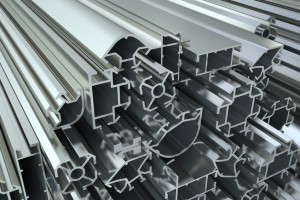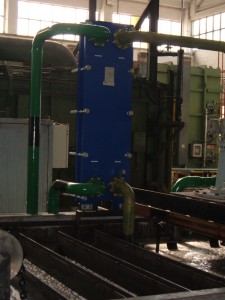Aluminium is a metal used in increasingly disparate applications due to its lightness, resistance and aesthetic properties.
It is subjected to various types of treatment according to the intended use, in order to make it more resistant to corrosion or to improve its mechanical characteristics.
A typical treatment of aluminium is anodisation, the purpose of which is to increase resistance to corrosion for use in aggressive environments and outdoors.
In practice, the parts in aluminium are submerged in a galvanic bath where the required “structural” changes are carried out under controlled temperature and with the passage of current.
The flow of electric current in the anodic oxidation bath, at low voltage but high intensity, causes an increase in temperature of the water solution (generally water + 20% sulphuric acid) which then has to be lowered to ensure successful completion of the process.
The conventional solution for cooling anodic oxidation baths involves the use of special plate exchangers with plates and gaskets made of materials resistant to corrosion caused by the mixture in the same anodic bath.
In this case, the temperature remains constant at around 20°C, meaning that well water or chilled water can be used as the main source of cooling.


